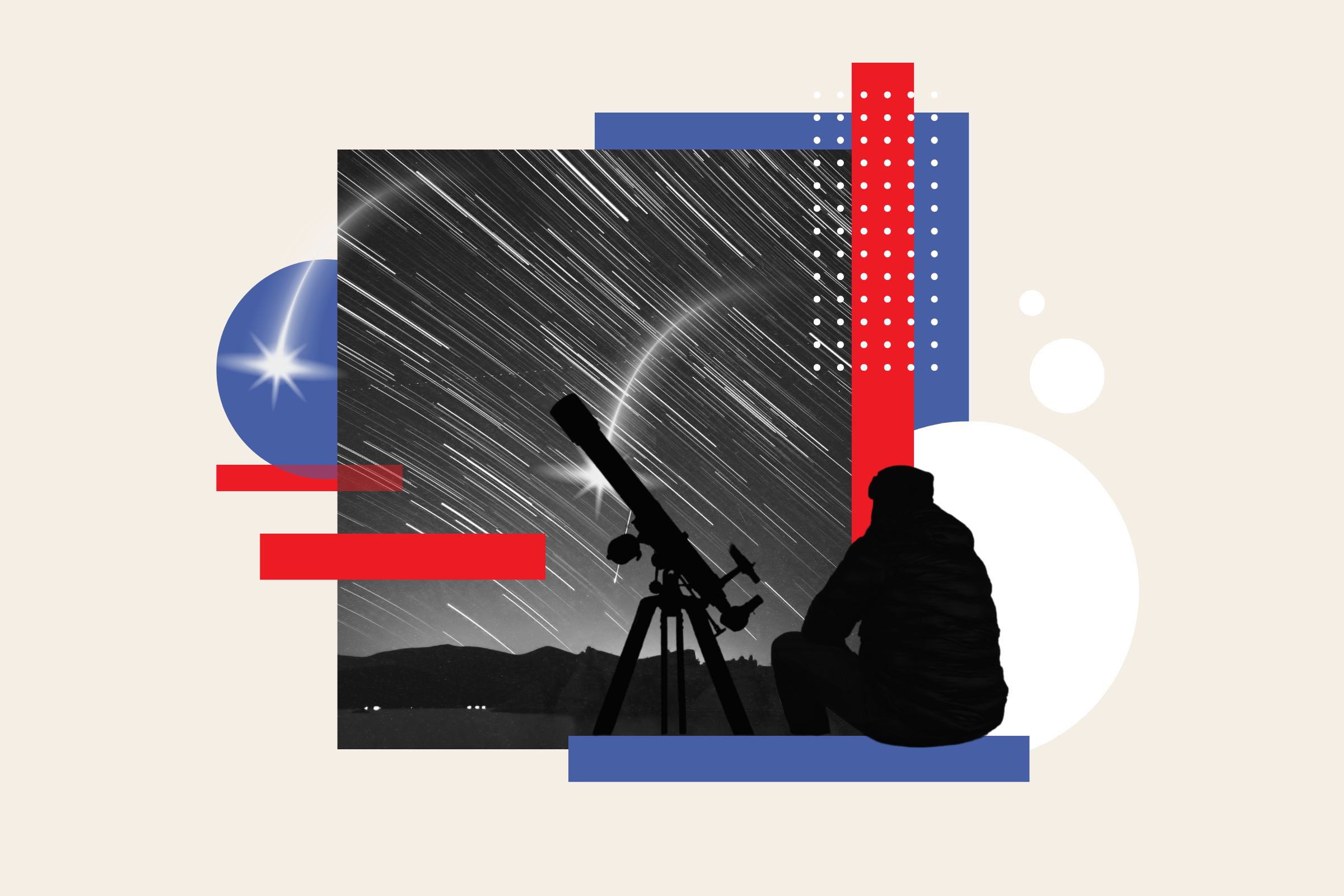The Perseids meteor shower, a highlight for stargazers, is anticipated to peak soon!
Mark your calendars for the early hours of August 12, when the shower is expected to deliver the best show, with meteors radiating from the constellation Perseus. However, don’t be surprised if they pop up all over the night sky!
Peak Viewing Times for the Perseids
While the Perseids began dazzling night owls on July 14, their full glory will be on display from August 11 to 13. The radiant Perseus will rise around midnight, reaching its highest point toward dawn. The moon, which will be about half full, sets around midnight, paving the way for darker skies—ideal for viewing.

During the peak, you could spot between 50 and 100 meteors an hour, especially if you’re in a dark, clear area with minimal light interference. This shower is famous for its bright meteors that often leave long trails, as well as stunning fireballs—some brighter than Venus!
Where to Look?
To catch the best glimpses, aim your gaze towards the northeastern sky where Perseus will rise. However, these meteors can travel across any part of the sky, so don’t hesitate to look around!
Your Guide to Watching the Perseids
Choose a dark spot away from city lights, like parks or rural locations. The darker the sky, the more meteors you’ll likely see! Allow your eyes to adjust to the dark for about 20 to 30 minutes—avoid using your phone to enhance your night vision. If you must check your phone, opt for a red filter or dim the screen.
Clear skies are essential, so check the weather to avoid clouds. A reclining chair or blanket can make your viewing comfortable, and don’t forget extra layers as nights can get chilly even in summer!
What’s up in August?
The Perseid meteor shower peaks this month! Provided you have clear skies, viewing conditions will be favorable this year. The Perseids are best viewed in the Northern Hemisphere during the pre-dawn hours. Learn more: https://t.co/KZ2v6dBuQd pic.twitter.com/chrFpK5EhQ
— NASA Ames (@NASAAmes) August 1, 2024
Leave the telescope at home! It won’t be useful for meteor watching since its narrow field won’t help you catch the wide spread of shooting stars.
What is Behind the Perseids?
These meteors are tiny particles, mostly no bigger than sand grains, released by the comet Swift-Tuttle during its 133-year orbit. The last visit was in 1992, with its next expected in 2125. As the comet passes the sun, it sheds debris that the Earth encounters annually, resulting in these spectacular meteors as the particles burn up in our atmosphere.
According to experts, “The dust crashes into our atmosphere and ablates about 80 kilometers [50 miles] high, becoming visible as a meteor or shooting star.”
